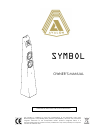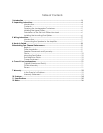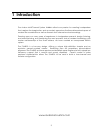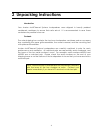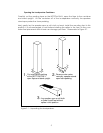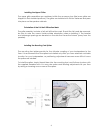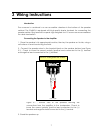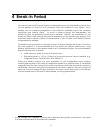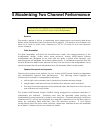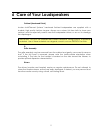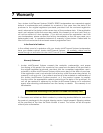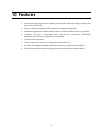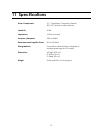
10
Toe-In
Adjusting the toe-in angle of the speakers is useful in tailoring the sound to best match
the characteristics of your system and listening room. When the speakers are facing
straight forward, they tend to create a large, expansive sound-stage, painted with broad
brush strokes. As they are rotated toward the listening position, the image becomes
more compact, with increased focus, creating a greater sense of intimacy.
Start with the loudspeakers facing straight forward, and play either a mono source, or a
stereo source with a distinct center image, through both channels. Carefully rotate the
loudspeakers inward in small increments to bring the image in precise center focus.
Toe-in adjustment is rather delicate, and experimentation is necessary to achieve the
proper angle for your listening situation. The optimum angle is usually between three and
ten degrees inward.
Mounting Feet Spikes
Supplied with your Avalon MultiChannel Systems loudspeakers are eight mounting feet
with spikes, used to couple the speakers to the floor, thereby minimizing time-smearing
resonance effects. The result is an increase in focus and solidity of the sonic images.
On hardwood floors, you may protect the floor from the pointed spike using a large coin,
such as a quarter. However, the coupling effect of the spikes will be reduced.
Once you have located the proper position and toe-in angle for your Avalon
MultiChannel Systems loudspeakers, install the spikes in the mounting feet (see section 2.2
Installing the Mounting Feet Spikes on page 6.
First Reflection Points
Since the ear/brain system tends to integrate the sounds arriving within a 10-millisecond
time window, it is important to control the early reflections arriving from the sidewalls to
the listening position. A hard-surfaced wall can produce a strong frequency-dependent
reflection that can interfere with the reproduced sound-stage, as well as change the
perceived tonal balance of the system. Therefore, damping these first reflection points is
strongly recommended.
Corner Treatment
It is important to control the first reflections of low frequency sound, which normally occur
at the corners behind the loudspeakers. These reflections can cause significant
distortions in phase and amplitude, resulting in muddy bass definition and smeared bass
transients. Placing DAAD Bass Traps, (more information is available at
www.acusticaapplicata.com ) in the room corners can significantly control these bass
colorations and restore the quickness of bass transients.



